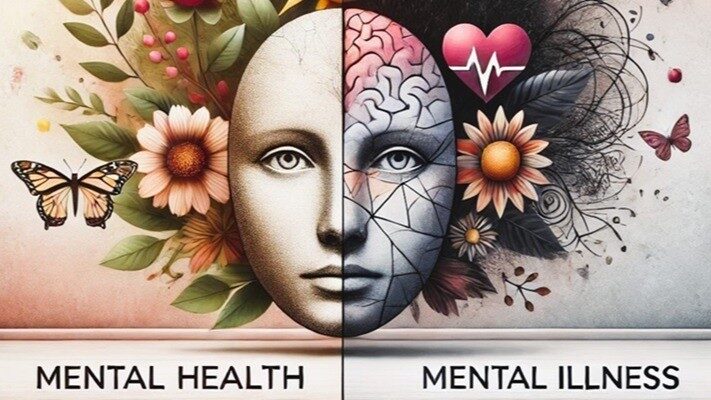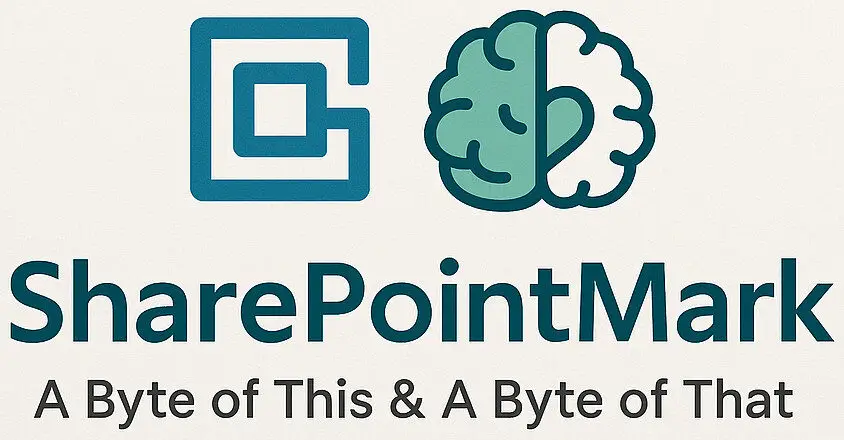Mental Health vs Mental Illness: Dispelling Misconceptions

Mental Health vs Mental Illness: Dispelling Misconceptions In today’s world, discussions about mental health are more prominent than ever, but a critical misunderstanding often arises, the confusion between mental health and mental illness. These terms are frequently used interchangeably, creating misconceptions that hinder awareness, prevent effective support, and prolong stigma. This post aims to clarify these distinctions. While mental health refers to the overall state of our emotional, psychological, and social well-being, mental illness describes specific diagnosable conditions such as eating disorders, bipolar disorder, or schizoaffective disorder, which require medical attention and professional care. By understanding these differences, we can foster more inclusive workplaces, support individuals living with mental illness, and normalise conversations about mental health as a shared human experience. In the previous post in this series – “Understanding Mental Health: From Perception to Reality” – I explored what mental health means and how it fluctuates for everyone. This foundational discussion established mental health as a universal, dynamic state. In this post, I will delve deeper into: The critical differences between mental health and mental illness. How societal misconceptions about conditions like self-harm, suicide, and eating disorders create barriers to understanding and support. Why workplaces need tailored strategies to address both mental health challenges and mental illness under the Equality Act 2010. Practical steps for addressing misconceptions to create a culture of clarity, empathy, and action. While this post introduces topics such as eating disorders and psychosis, future posts will explore these topics in depth, providing detailed insights and strategies. Let us take this important step toward reducing stigma, improving knowledge, and supporting well-being in all its forms. Table of Contents A Snapshot: Mental Health vs Mental Illness at a Glance Understanding Mental Illness: Beyond the Labels The Scales of Mental Health: A New Perspective Societal Misconceptions and Their Real-World Impact How Workplaces Can Address Both Mental Health and Mental Illness Practical Strategies for Change Conclusion: Bridging the Gap Between Perception and Reality A Snapshot: Mental Health vs Mental Illness at a Glance When discussing mental health and mental illness, the terms are often mistakenly treated as the same thing. However, they represent completely different concepts that require clear understanding. Mental health refers to a state of well-being that influences how we think, feel, and interact with others. It is universal, everyone has mental health, just as everyone has physical health. Mental illness refers to diagnosable conditions that affect mood, thinking, and behaviour, such as depression, anxiety disorders, bipolar disorders, and schizoaffective disorders. Not everyone will experience mental illness, but many will face challenges to their mental health at some point (and frequently) within their life. Mental Health in Focus Mental health is a dynamic state that fluctuates based on life circumstances, environmental factors, and personal practices. For example: Thriving Mental Health: A person who feels emotionally balanced, has supportive relationships, and manages stress effectively is said to have good mental health. Struggling Mental Health: Periods of high stress, grief, or significant change can cause mental health to dip temporarily, requiring self-care and support to regain balance. Mental Illness in Focus Mental illness, on the other hand, involves specific conditions diagnosed by medical professionals. These conditions often have identifiable symptoms and can range in severity. For instance: Depression: Persistent feelings of sadness, lack of interest in activities, and changes in sleep or appetite patterns. Psychosis: Experiences like hallucinations or delusions that significantly disrupt one’s perception of reality. Bipolar Disorder: Episodes of extreme highs (mania) and lows (depression) that affect daily functioning. Schizoaffective Disorder: A complex mental health condition that combines symptoms of both schizophrenia (e.g., hallucinations, delusions) and mood disorders (e.g., depression or mania), requiring comprehensive treatment. A Visual Comparison To make the distinction clearer, here is a simple snapshot of how mental health and mental illness compare: Why This Distinction Matters Recognising the difference between mental health and mental illness is crucial for several reasons: Breaking Stigma: Misusing these terms contributes to stigma. For example, equating mental health struggles with mental illness can discourage individuals from seeking help for everyday stress or burnout. Appropriate Support: Understanding this distinction ensures that individuals receive the right type of support, whether it is self-care strategies for stress or professional treatment for a mental illness. Workplace Relevance: In the workplace, recognising this distinction enables employers to create both general wellness initiatives for all employees and specific accommodations for those with diagnosable conditions protected under the Equality Act 2010. Understanding Mental Illness: Beyond the Labels Mental illness is often misunderstood, partly because it is viewed through a lens of taboo stigma and misinformation. Unlike mental health, which fluctuates naturally and is a shared human experience, mental illness refers to diagnosable medical conditions that significantly impact how a person thinks, feels, or behaves. Mental illnesses are NOT a reflection of weakness or character flaws; they are medical conditions that often require professional diagnosis and treatment, just like physical illnesses. What Defines a Mental Illness? A mental illness is characterised by: Persistent Symptoms: Conditions like anxiety disorders or schizophrenia are marked by symptoms that persist over weeks, months, or even years. Impairment in Functioning: Mental illnesses often disrupt daily activities, work, relationships, and overall quality of life. Medical Diagnosis: Conditions such as bipolar disorder, psychosis, or schizoaffective disorder must be diagnosed by qualified professionals, using criteria from manuals like the ICD-11 (International Classification of Diseases). Examples of Common Mental Illnesses Here are some examples that illustrate the diversity of mental illnesses: Anxiety Disorders: Conditions like Generalised Anxiety Disorder (GAD), Panic Disorder, or Phobias that cause overwhelming and persistent worry or fear. Depression: More than feeling sad, depression includes long-term low mood, loss of interest in activities, and physical symptoms like fatigue. Eating Disorders: Conditions like anorexia nervosa, bulimia, or binge eating disorder, which involve unhealthy relationships with food and body image. Schizoaffective Disorder: A combination of symptoms of schizophrenia (e.g., hallucinations) and mood disorders (e.g., depression or mania). Self-Harm and Suicidal Ideation: These are critical aspects of mental illness, often misunderstood as attention-seeking behaviours but
